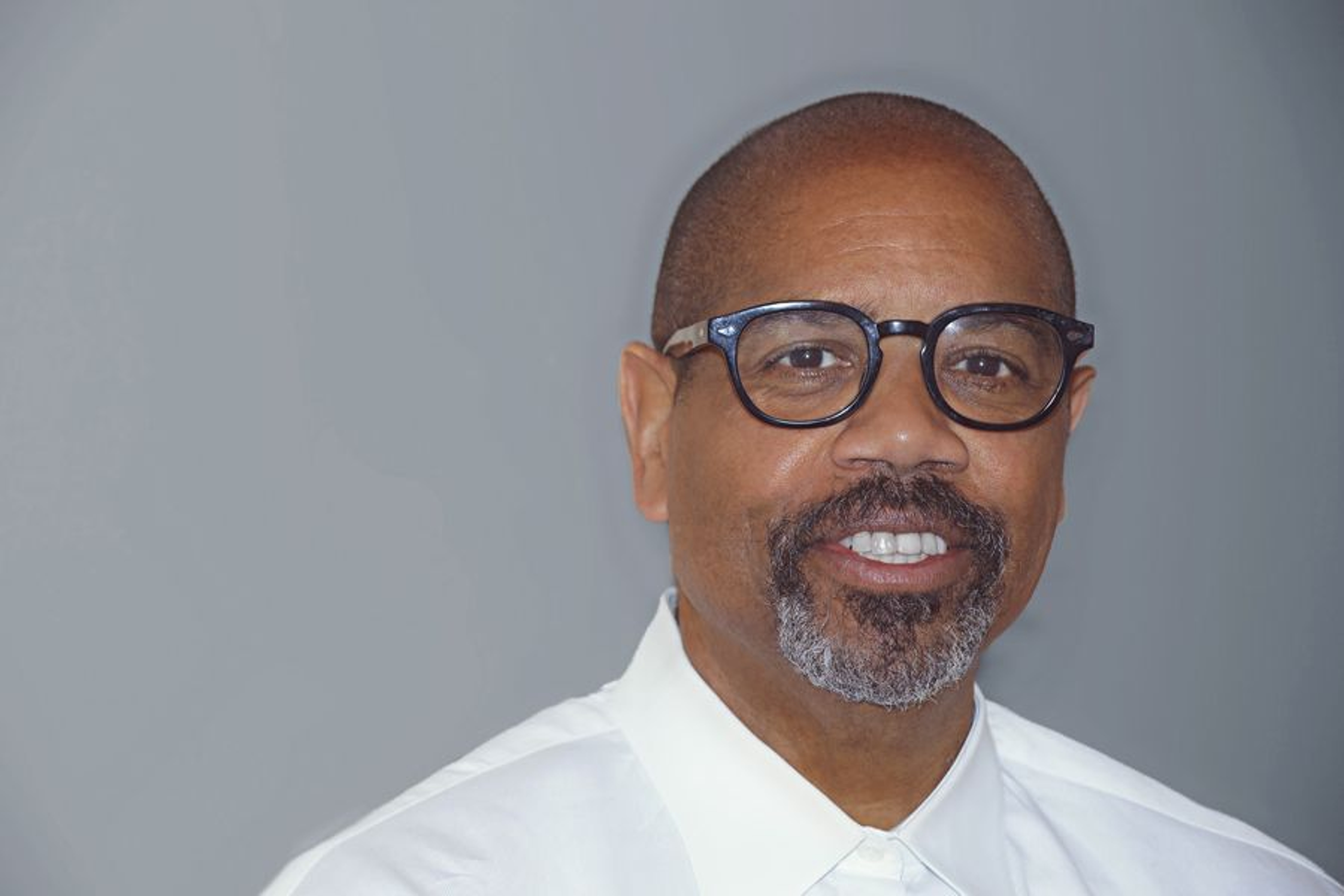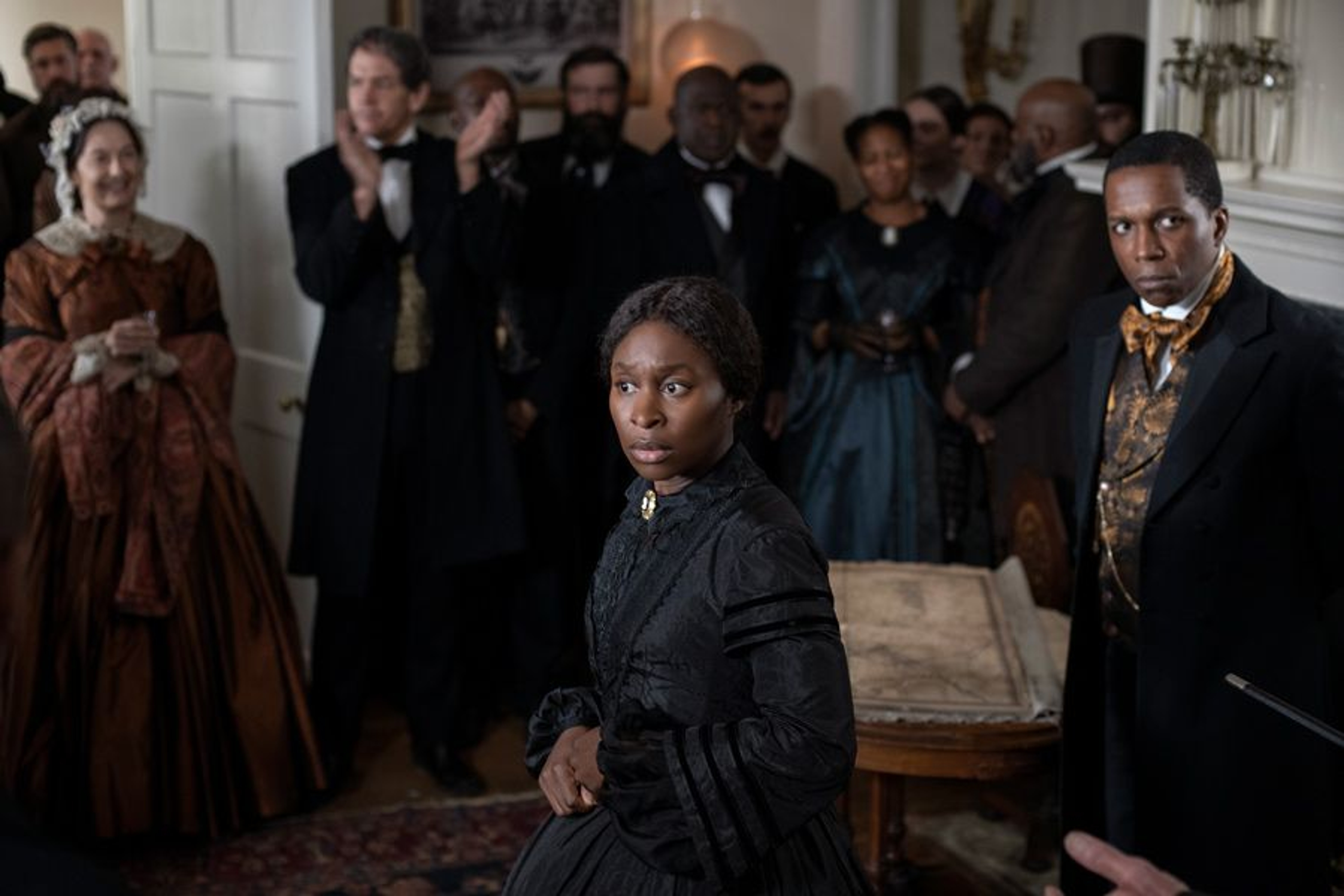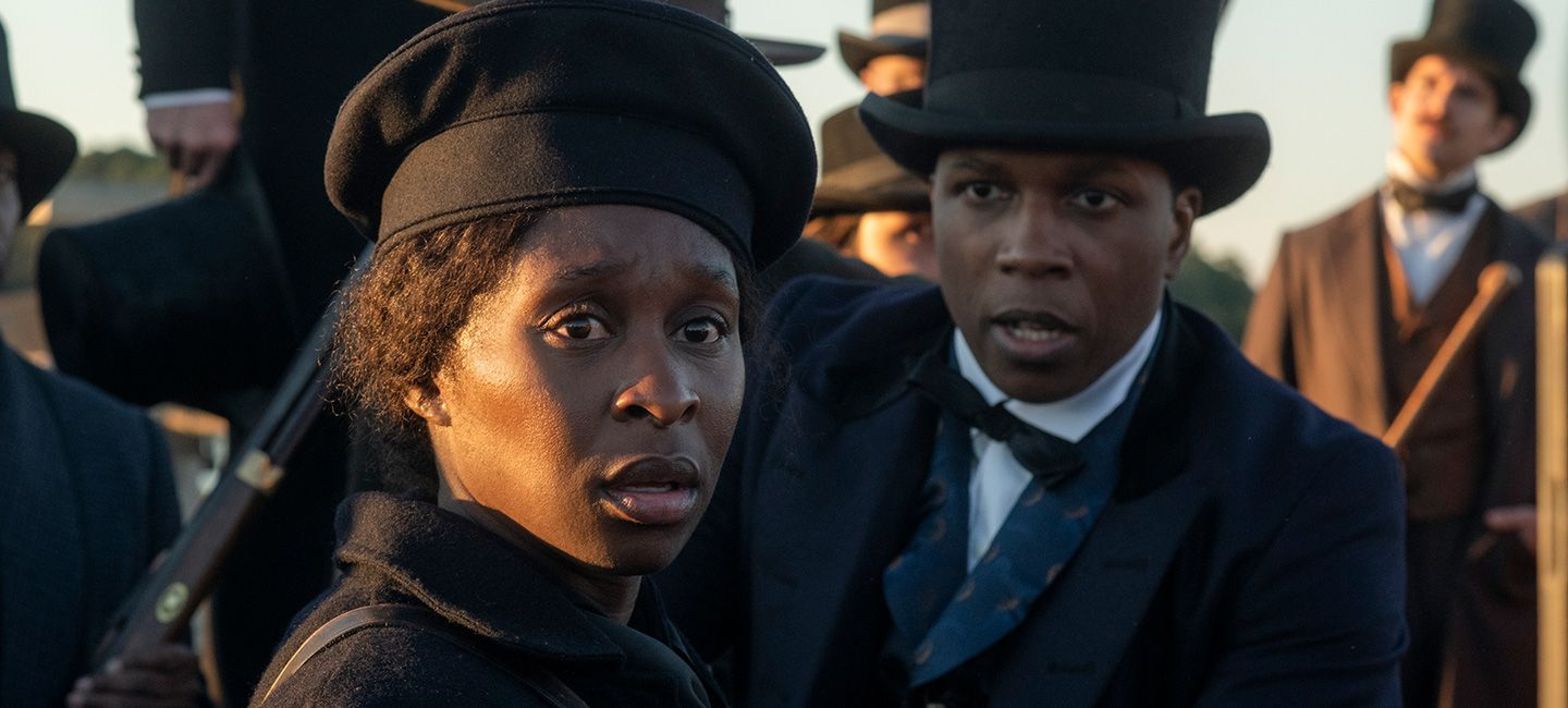After moving to Los Angeles to become a screenwriter in the 1990s, Gregory Allen Howard had a brilliant idea—turn the life of African-American icon Harriet Tubman into a kick-ass action-adventure movie. Having studied her life as a history major at Princeton University, Howard knew just how remarkable her story was. Unfortunately, it would take over twenty years before the stars aligned to bring it to the screen. In the meantime, Howard brought other real stories to the screen, including the award-winning 2000 sports drama Remember the Titans and the 2001 boxing biopic Ali. On November 1, Howard’s vision of Harriet with Kasi Lemmons directing and Cynthia Erivo playing the legendary abolitionist and freedom fighter will finally arrive in theaters.
We sat down with Howard to talk about how Harriet Tubman inspired him, finding the right actress to play her, and why Harriet’s life still matters.
The official trailer for Harriet
You’ve been working on this project for a long time. Can you give us a short history of Harriet?
Harriet, which was set up at Disney 26 years ago, was my first assignment. When I got in the business, I wanted to tell these historical stories by turning them into entertainment. I didn't want to give history lessons. I wanted to turn Harriet Tubman's life, which I’d studied in college, into an action-adventure movie. The climate in Hollywood, however, was very different back then. I was told how one studio head said in a meeting, "This script is fantastic. Let's get Julia Roberts to play Harriet Tubman." When someone pointed out that Roberts couldn’t be Harriet, the executive responded, "It was so long ago. No one is going to know the difference." Two films really changed the climate in Hollywood to allow Harriet to be made. When 12 Years a Slave became a hit and did a couple hundred million dollars worldwide, I told my agent, “You can't say this kind of story won’t make money now.” Then Black Panther really blew the doors open.

Harriet's screenwriter Gregory Allen Howard
Over the years, did your sense of who Harriet Tubman was change?
No, not really. My vision of Harriet has stayed pretty much the same. When I started on Harriet, many people dealing with black material were writing history lessons—which I hated. I saw her story as a genre piece. I remember someone asking, "Is Harriet Tubman really supposed to be a superhero?" That’s exactly what I wanted—to make her story accessible to a mass audience. For me, this film is my valentine to black women. I wanted them to be able to go to the movies on Saturday and see this young black woman take on this incredible power structure and triumph over it.
What made you feel Harriet Tubman would make a great movie?
Even before I knew I was going to be a screenwriter, when I was a history major in college, I thought this was a corker of a story. Don't forget she was the only female conductor on the Underground Railroad. And she never lost a passenger. Other conductors took larger groups but would invariably lose people along the way. Her goal was never to lose anyone. But there was so much more—she was a spy; she was one of the first women to lead soldiers in battle. But more than anything, this small woman single-handedly threatened the billion-dollar industry of slavery. Harriet was bigger than life. Harriet freeing slaves had a multiplying effect. Plantation owners were scared that enslaved people would start getting “ideas.” There were always more slaves that white people on the plantations, but those enslaved didn’t know their own power. Harriet showed them how powerful they could become.
Are all the characters in Harriet written from history?
Nearly all the characters are based on real people. The Brodess family was real [Gideon (Joe Alwyn) and Eliza Brodess (Jennifer Nettles)]. William Sill (Leslie Odom Jr.) was a real person. In fact, I dated one of his descendants. I went to college in New Jersey where I met her. In every historical movie I’ve written, I’ve used some sort of compositing, time-shifting, and compression. People don't pay for historical accuracy; they pay for a good story. Marie Buchanon (Janelle Monáe) was a composite character created from a range of real figures. In the North, there were many free women who owned homes where the slaves would stay.

Gregory Allen Howard's screenplay for Harriet brings out the rich tapestry of history
After having lived with the story for so long, what was it like to see Cynthia Erivo as Harriet?
I first saw her when the other producers flew me to New York to see her in The Color Purple. As soon as she opened her mouth, I thought, "Yes, that's Harriet." Afterwards I emailed the other producers, "That's Harriet. She's a little stick of dynamite."
In being the first to bring Harriet Tubman’s story to the big screen, what sort of responsibility do you feel?
When you do historical films, you have to stay true to the spirit of the story. You can't, for example, make a villain a nice guy, because that violates the spirit of the story. All I do are true stories. Was the vision that I had 26 years ago to turn Harriet into an action-adventure hero true to her spirit? Yes. Did she do all those amazing things? Absolutely she did. Harriet is an honest retelling of her story and accomplishments.
What do you want viewers to take away from the film?
That you can triumph against insurmountable odds. It may be hard. It may be challenging. But you can do it. The obstacle of slavery as an institution —it was a billion-dollar industry—seemed insuperable. Don't forget that it took a civil war to end that institution. She must have been terrified every time she went back to the South, but she kept going back to save more people. If that doesn't inspire you, then nothing will.
Sign up for the Focus Insider newsletter to be first in line for free advance screenings, world premiere travel packages, weekend set visits, and so much more!
